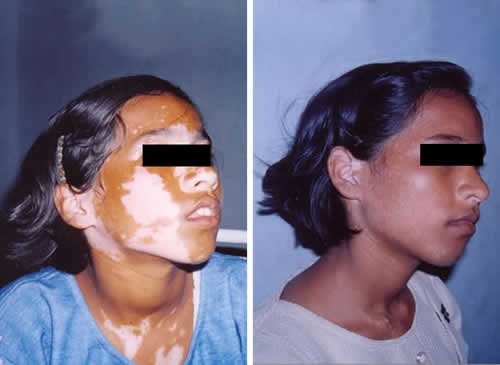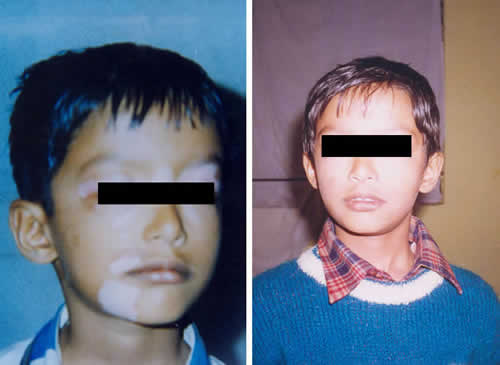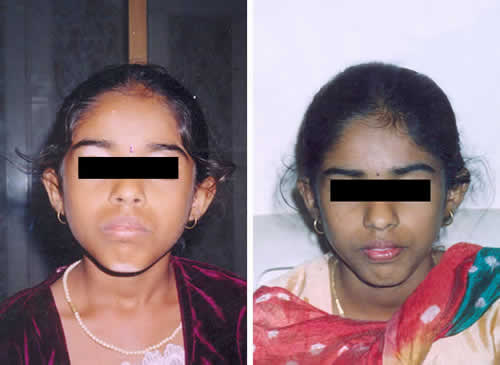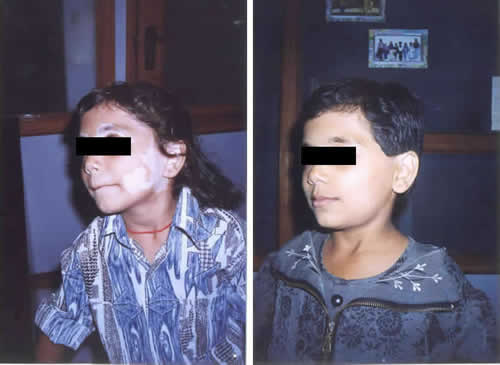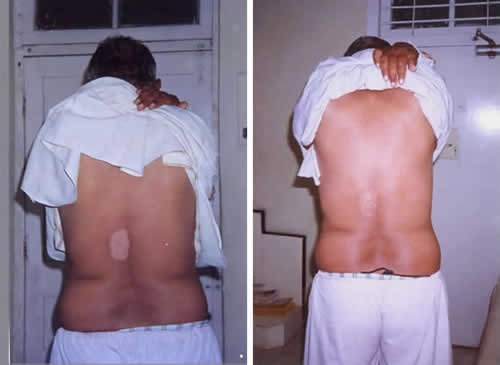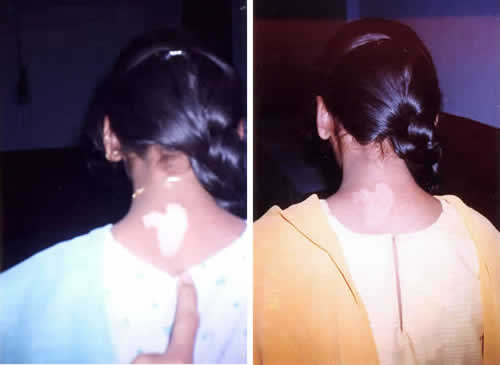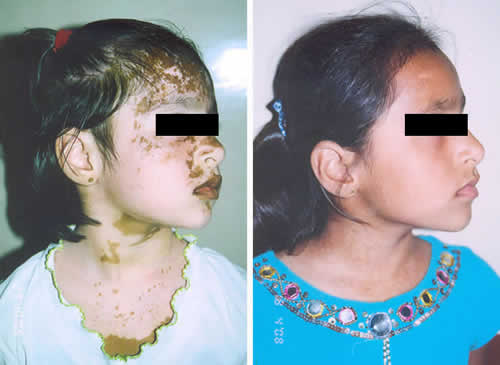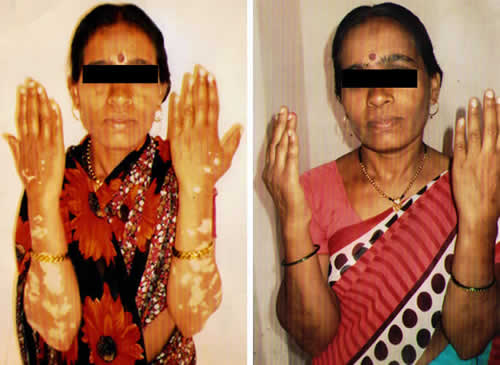Asthmatic Bronchitis
Basically, asthma in children is known as childhood asthma. When construe in a medical words, it is called Asthmatic Bronchitis. Once more, it simply means a kind of bronchitis, which is asthmatic in nature.
It will be significant to know what asthma means, in the first place. In Greek Asthma means panting (breathlessness). In reality, asthma is more than panting. For example, if you put forth yourself with intense exercise, you suffer panting, but that is not asthma. Asthma means breathlessness because of the constriction of the respiratory tubes. The constriction of the large and small tubes of the lung may be because of the spasm caused by certain factors, discussed separately on this page.
Thus, asthmatic bronchitis is nothing but a disorder of the respiratory system whereby the lung tubes meet with chronic episodes of spasms, where the precipitating cause might be different from patient to patient and the frequency of attacks, the interval of attack as well as the intensity of the attack might vary from child to child.

The factors, which decide the intensity of the attack, are not only the external factors such as the potency of the irritants or allergens but it is the individual susceptibility (sensitivity) which decides the intensity of the breathlessness. Likewise, the same rules apply to frequency, the extent of the attack. When said so, it is not difficult to derive that the Child Asthma is a disorder where one has to ascertain the 'internal' factors (such as the susceptibility of the patients) rather than just the external factors such as the food allergens. This understanding is quite vital with reference to the homeopathic approach to the treatment of asthma.
As a result of the entire process, which involves spasm and an inflammation of the lung tubules, the child may present with cough, difficult breathing (called dyspnea), panting and weakness.
The Root Cause of Autoimmune Disease
It is our mission to provide each patient the best care in a kind, honest and compassionate manner.”

